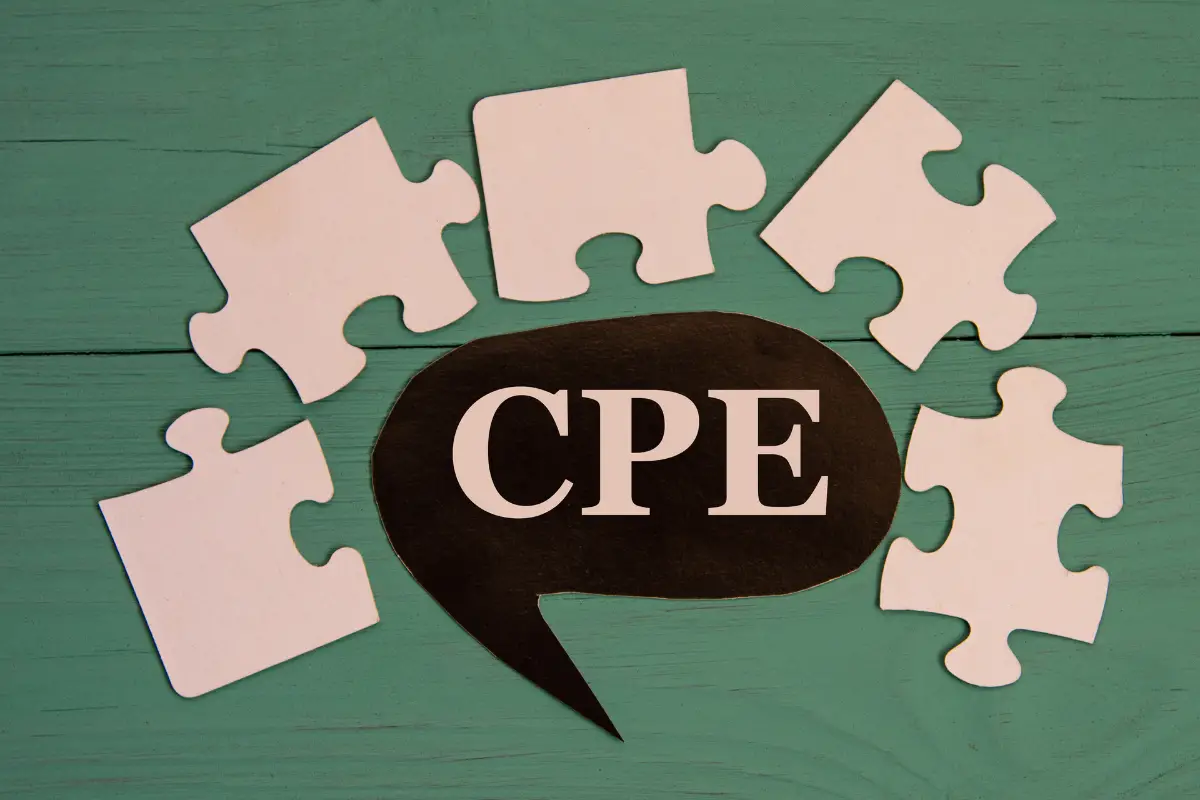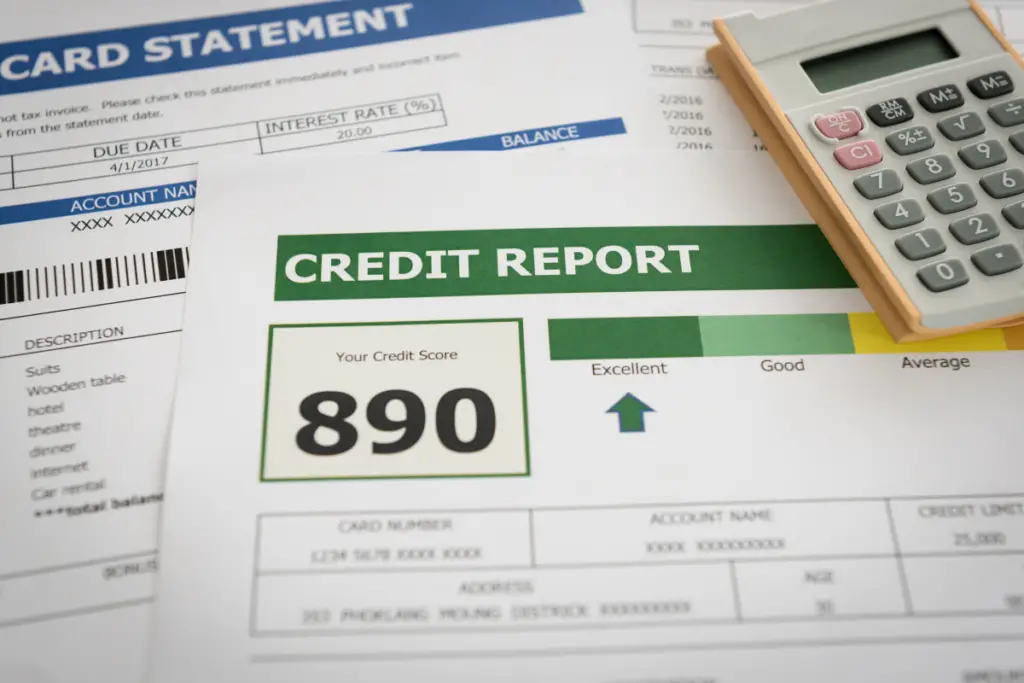Many of us may have noticed unfamiliar charges on our credit card statements, one of which could be labeled as "CPE/BMC." This charge often refers to billing from a specific service provider, typically associated with communications or tech support. Understanding this charge is crucial for managing our finances and recognizing legitimate expenses versus potential mistakes or fraud.
When we see a CPE/BMC charge, it can raise questions about its origin and validity. It’s essential to investigate the source, as these charges can arise from legitimate subscriptions or services we've forgotten about, or from unauthorized transactions. Knowing the details behind these charges can help us protect our financial interests and keep our budgeting on track.
Being proactive when we encounter these charges is key. We can track our subscriptions, regularly review our statements, and reach out to our bank or the service provider for clarity if needed. This practice not only fosters financial awareness but also empowers us to take control of our spending habits.
Understanding CPE/BMC Charges
CPE/BMC charges on credit cards can lead to confusion among consumers. It is essential to clarify what these charges entail and the reasons they may appear on statements.
Definition and Overview
CPE stands for Communications Platform as a Service, while BMC generally refers to billing management or payment processing. Charges labeled as CPE/BMC may arise from specific services or transactions associated with telecommunications or billing platforms.
These charges typically reflect costs for services rendered, such as subscription fees, usage charges, or transaction fees. They may also appear due to recurring payments tied to software or community services. Understanding these definitions helps us identify and verify legitimate charges on our statements.
Common Reasons for Charges
A variety of situations may result in CPE/BMC charges. The most common reasons include:
- Telecommunications Services: Charges for mobile data, voice services, or cloud communications.
- Subscription Fees: Regular payments for software or service subscriptions that may include billing management features.
- Service Usage: Charges incurred from exceeding usage limits or one-time service enhancements.
To minimize confusion, we recommend regularly reviewing account statements and keeping records of related services. If discrepancies arise, contacting customer support can clarify and resolve any issues related to these charges.
Identifying CPE/BMC on Credit Card Statements
Understanding how to locate CPE/BMC charges on our credit card statements is essential for effective financial management. With careful attention to detail, we can ensure that we recognize these charges promptly and accurately.
Reading Your Credit Card Statement
We begin by closely examining the transaction details on our credit card statement. Each charge typically lists the merchant name, transaction date, and amount. CPE/BMC charges may appear under various names, making it crucial to look for specific identifiers.
For example, these charges might show as "CPE" or "BMC" directly. We should also be aware that some merchants might use different terms or abbreviations, so staying vigilant is key.
Additionally, distinguishing CPE/BMC charges from other transactions can help us manage our expenses better. Keeping track of our monthly spending allows us to notice any discrepancies or unexpected charges more easily.
Tips for Spotting CPE/BMC Charges
Identifying CPE/BMC charges requires us to adopt a systematic approach. First, we can categorize our spending by tracking recurrent expenses. This can help highlight any unusual or unfamiliar charges.
We might want to consider setting up alerts for our transactions. Many credit card companies offer notifications for every transaction, which aids in real-time tracking.
Another useful tip is to reconcile our statements with our receipts. This habit reinforces our awareness of what is charged to our card and ensures every transaction is justified. We can also consult our merchant accounts directly if any charges appear unclear.
By staying organized and attentive, we can better manage our finances and address any issues promptly.
Conclusion
Encountering unfamiliar charges like CPE/BMC on our credit card statements can be concerning, but understanding their origin and purpose is key to managing our finances effectively. These charges often stem from telecommunications, subscription services, or billing management platforms, and knowing how to identify them helps us stay in control of our expenses. By closely reviewing our credit card statements, tracking recurring payments, and staying vigilant for discrepancies, we can protect ourselves from potential errors or fraud. Setting up transaction alerts, reconciling receipts, and reaching out to service providers or banks for clarification ensures that we remain informed and proactive.
Ultimately, taking the time to understand CPE/BMC charges not only fosters financial awareness but also empowers us to make confident and informed decisions about our spending. With these practices, we can safeguard our financial health and maintain peace of mind.







